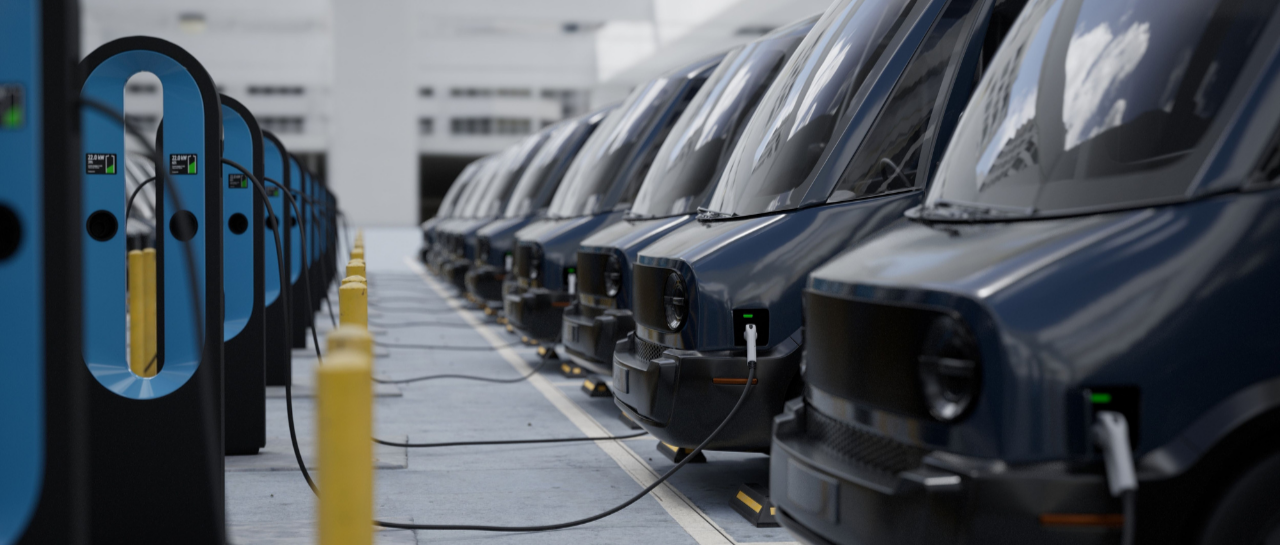|
|
|
As the solar industry matures, there’s been an increased focus on recycling solar panels at the end of their life. Now, with electric vehicle (EV) adoption growing exponentially, people are also considering ways to recycle used vehicle batteries — or even better, reuse them.
|
|
|
 |
If Cats Have Nine Lives, an EV Battery Should Get at Least Two: A Second Life for Used EV Batteries
When EV battery capacity drops to about 70% or less, a battery is considered to be at the end of its useful EV-powering life. The International Council on Clean Transportation estimates that by 2030, 1.2 million EV batteries globally will reach their end of life; that will increase to 14 million by 2040 and 50 million by 2050. In California alone, it’s estimated that 45,000 EV batteries will be retired by 2027.
The environmental consequences of sending all of those batteries to end up in landfills as hazardous waste is staggering. Battery recycling is one option, but there are upcycle options available as well. You’ve probably heard that it’s always best to reuse or repurpose, then recycle. That’s true for EV batteries as much as for anything else. The good news is that there are very effective applications for used EV batteries even when they are no longer useful in an electric vehicle — known as “second-life batteries.”
How EV batteries can be reused
Although a battery at 70% of its capacity translates to reduced range and performance for a car, bus, or truck, it can still store energy in a building or other facility for years.
Second-life batteries can be used in more places than you might think:
|
| Read More Here |
|
|
|
Was this newsletter forwarded to you and you’d like to join our mailing list? Click here!
|
|
|
 |
Join Interfaith Solar Campaign & CollectiveSun for a 60-minute webinar event
FAITH COMMUNITIES, GOING SOLAR TOGETHER!
The Interfaith Solar Campaign was established to advance solar projects with faith-based communities. This initiative has evolved into a movement to advance creation care theologies and transform the energy economy.
Through this campaign, congregations are provided with practical tools to help fill the knowledge gap that often stops congregations from adopting solar.
In this webinar:
- Learn how your congregation can take tangible climate action by getting solar panels for your building. Understand the value of solar in the creation care conversation and how to communicate to others in your organization why this is important and how to achieve solar and save money.
- We’ll review new financing options that are only available to houses of worship and communities of faith. Learn how good environmental stewardship can also advance cost savings and financial sustainability goals.
- We’ll also share how going solar will serve to inspire others in your community and your congregation to take their own climate action steps. You’ll walk away knowing how to get started on a solar project, and feeling the support you need to get started.
Webinar Details:
? Date: Thursday, November 30th, 2023
⏰ Time: 11AM PT/2PM ET
? Registration Link: https://us02web.zoom.us/webinar/register
Don’t miss out on this insightful session. Secure your spot now by registering through the following link:
|
| Register Here! |
|
|
|
|
 |
|
Two potential IRA direct pay pitfalls
nonprofits need to know about
|
An excerpt from the CollectiveSun featured article published in Solar Power World 11/9/23
Before the passage of the Inflation Reduction Act (IRA) over a year ago, tax credits for solar projects were available only to taxable entities. That meant that while tax-exempt and government entities — such as nonprofits, churches, schools and tribes — could go solar via a lease or PPA, they couldn’t directly take advantage of the Investment Tax Credit (ITC).
Thankfully, the IRA changed this limitation with its direct pay provision, also known as “elective pay.” Direct pay allows nonprofits to receive a payment that’s equal to the full value of tax credits when they build qualifying clean energy projects.
Direct pay is undoubtedly a boon for nonprofit entities and should spur much more solar development in this sector. But a couple lesser-known provisions in the regulations could cause snags for nonprofits that aren’t aware of them, as well as for solar developers working with nonprofits.
Here are the two potential IRA direct pay pitfalls you need to know about:
1. Avoiding the “excessive benefit” pitfall
2. Avoiding the 11/15/23 deadline for timing issues
click below to read the full featured article published in Solar Power World on 11/9/23.
|
| Click Here to Read Full Article |
|
|
|
|
|
|
Navigating the world of solar financing can be daunting, but it doesn’t have to be. Our team of seasoned experts has been focused on delivering solar financing solutions for nonprofit and tax-exempt organizations across the country for over a decade. In just the last few years, we’ve proudly facilitated solar projects for over 200 nonprofits spanning 25 states.
|
|
|
|
At CollectiveSun, we understand that every nonprofit is unique, and that’s why we offer a diverse range of financing options. Whether you’re considering a loan like our SunForAll Solar Loan designed to support your purchase of a solar system while allowing you to benefit directly from the Direct Pay Tax Rebate; exploring leasing options like our SunForAll Solar Lease; or seeking a hybrid funding model like our Solar Power Agreement (the SPA), we have the perfect solution to match your solar financing needs.
For information about the Inflation Reduction Act of 2022 and new bonus adders we invite you to watch our informative bonus adders webinar series tour.
You’ll discover how these incentives can make solar energy even more accessible and cost-effective for your nonprofit organization.
Together, let’s harness the power of the sun to fuel your mission and create a brighter, more sustainable future for all.
Let’s connect and start the conversation!
|
|
|
 |
|
With solar becoming more accessible, there’s increased potential and demand to bring information and technology to solar companies and developers around the world.
To stay competitive and weather the ongoing market downturn, solar companies need to diversify their businesses.
Scientists in the Netherlands have sought to understand the reason for unexpected gains in vertical PV systems and found that these installations have a much higher heat transfer coefficient than their horizontally deployed counterparts.
|
|
|
|
|
|
|
|